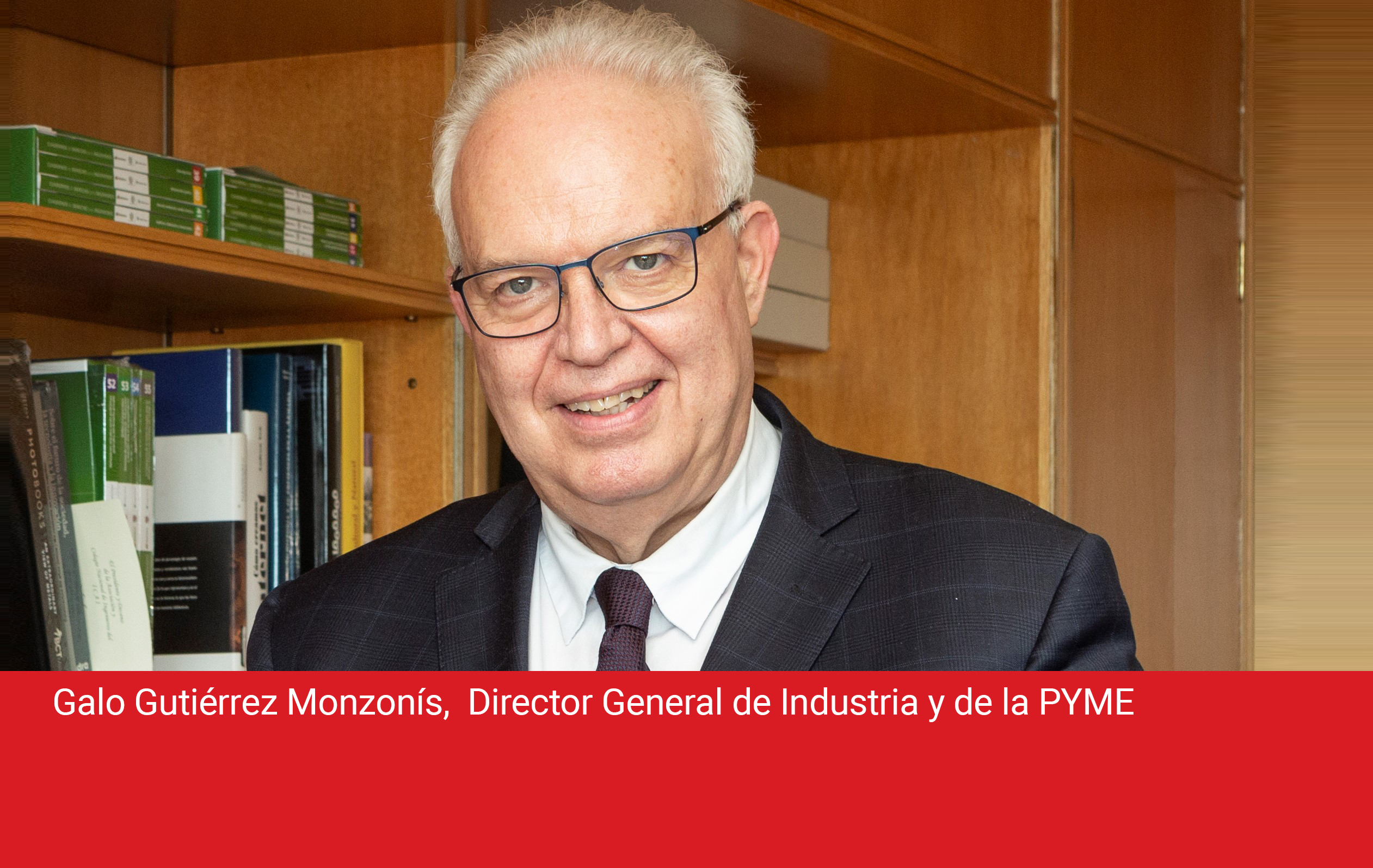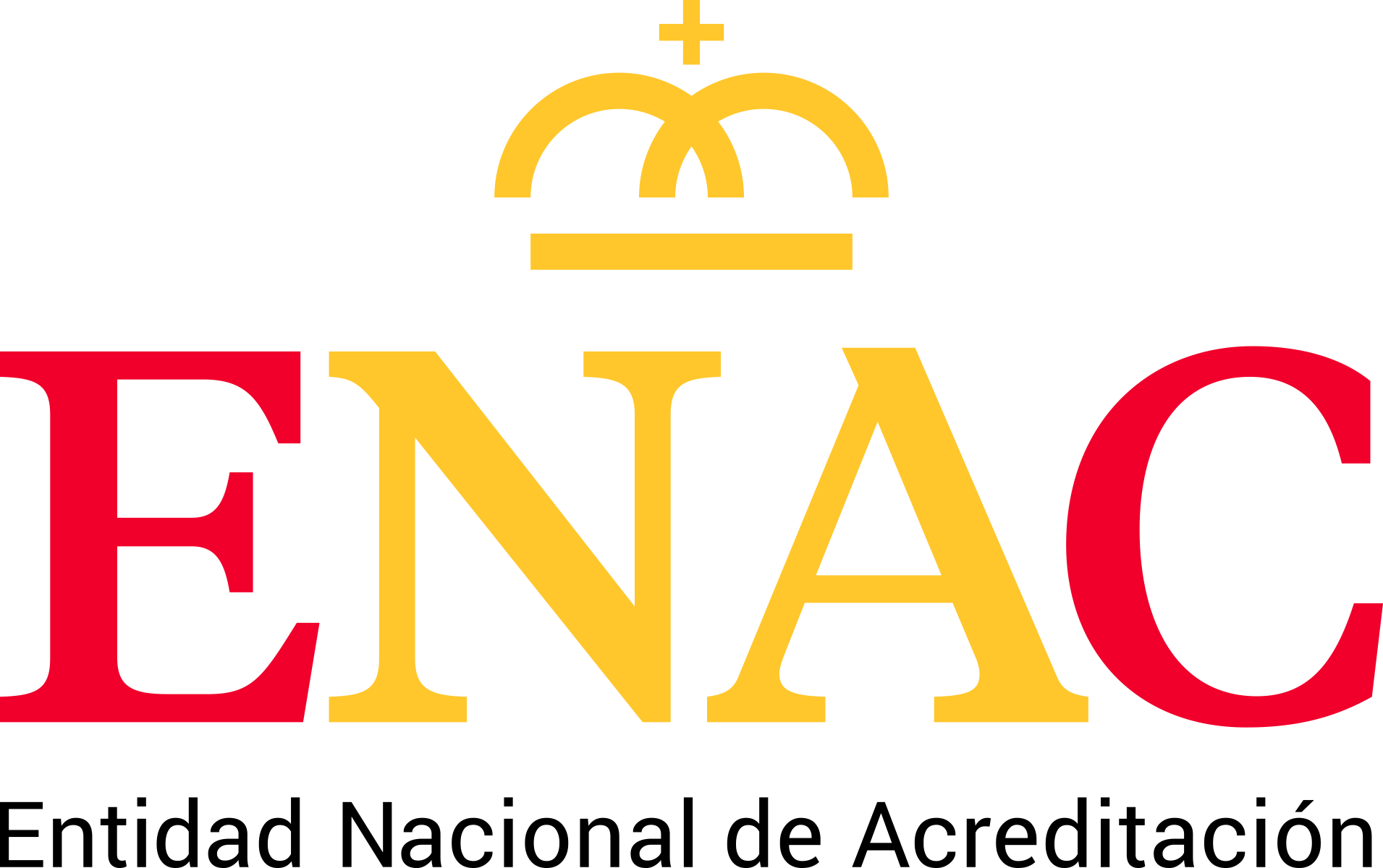accreditation-ally-smes
ENAC accreditation: an ally for SMEs

A challenge: Proving "compliance"
In today's markets, companies are obliged to demonstrate compliance with requirements of all kinds. From those directly associated with the product or service supplied in aspects related to safety, quality, environmental impact or suitability for use, to those associated with characteristics of the company itself and related to aspects such as quality management or the environment, social responsibility, health and safety at work, gender equality or conciliation and, increasingly, associated with compliance with legal requirements such as data protection, crime prevention (criminal compliance), etc.
In all these situations, companies face the challenge not only of complying with these requirements but of hiring external bodies to guarantee such compliance to the different agents requesting it, such as authorities, customers, shareholders, investors, the employees themselves and the market in general.
These external bodies take on various appearances and designations: laboratories, inspection or certification bodies, verifiers, control bodies, etc., but internationally they are generically called Conformity Assessment Bodies (CAB).
One of their main functions of Conformity Assessment Bodies (CAB) is to provide information to third parties about the compliance of a product, service, company or process with requirements that are important to those "third parties" and that, therefore, will determine, in one way or another, their relationship with the assessed company. This relationship will be established in different terms depending on the third party to which we refer: buy or not buy, in the case of a customer; invest or not invest, in the case of an investor; sanction or grant a subsidy, among other cases, in the case of the administration, etc.
Therefore, the assessment activities' value depends to a large extent on the confidence that these third parties have in the assessors and, therefore, on the credibility that the information provided has for them.
The value of confidence. Who to turn to?
Once it has been established that the market's confidence in CABs is fundamental to calibrating the value that their services provide, the questions to be answered are as follows:
- For the assessed company: How do I know which CAB is competent to assess me and, in addition, how can I ensure that their reports/certificates will be recognized by those who require such information?
- For "third parties": What CAB should I trust? This is essential to know if the activity developed by the CAB has been carried out following recognized methods and with the appropriate level of independence.
In closed and small economies with few actors operating, these types of questions were usually answered using the term "bodies of recognized prestige" which was based on the fact that both the CABs operating in the market and the companies and institutions that received their information knew each other and established more or less stable long-term relationships. Moreover, when the CAB’s activity was regulated, for the same reasons, the administration itself assessed the competence of the CAB before authorizing it to work. But trying to maintain these mechanisms in a global, dynamic and constantly changing market such as the current one causes serious dysfunctionality in the market.
At present, the use of the concept "recognized prestige" generally leads to branded markets in which a small number of companies put value on being known to convey the idea that being "known" is synonymous with competence, and so this encourages both companies and interested parties using their services that this is the only way to ensure recognition.
But this has a devastating effect on competition and on SMEs' ability to compete, since the assessment costs they have to face are, of course, affected by the asymmetry of the market and by another subjective concept, which is not necessarily true if the market is not sufficiently open, that is: "good is expensive and the more expensive it is, the better”.
In this way, SMEs are faced with two barriers: on the one hand, the difficulty of accessing conformity assessment activity if it is dominated by a small number of companies and, on the other, having to assume high costs when going to those companies or risking going to less well-known CABs, with the risk that these assessments will not subsequently be recognized.
Even when the SME is one of those third parties that must rely on the CAB's work, it finds itself without the means to decide who to rely on in global markets and without the means that large corporations have to, for example, directly assess companies or even the CABs themselves.
An ally: accreditation
To solve these situations and correctly answer the questions we asked ourselves before; internationally, the accreditation tool and the national accreditation bodies (ENAC in Spain) are used.
Accreditation is the independent, rigorous and comprehensive mechanism (based on international standards) established to assess the CABs’ technical competence and independence and how they subject to international standards. In summary, the ultimate objective of accreditation is to generate confidence in the information provided by the assessors, as well as to provide information to the market or authorities, among others, that enables them to distinguish those assessors who have demonstrated their competence and subjection to international standards from those who have not.
In Europe, accreditation is an activity carried out exclusively by the national accreditation bodies designated in each Member State (including EFTA member countries), pursuant to Regulation (EC) No 765/2008 that regulates the operation of accreditation in Europe, and is based on five fundamental principles:
- Non-profit
- Independence
- Non-competition: only one accreditation body will be designated in each Member State and the national accreditation bodies will not compete with each other (which implies that each will act exclusively in the Member State that has designated it). All this with the aim of the national accreditation bodies working strictly for technical and non-commercial reasons.
- International assessment: the national accreditation body must be a member of the European accreditation organization EA (European cooperation for Accreditation) and successfully pass the peer review processes established by it.
- Mutual recognition: national authorities shall recognize the equivalence of services provided by accreditation bodies which have successfully undergone the peer review system and thereby accept accreditation certificates from such bodies and certifications issued by conformity assessment bodies accredited by them.
ENAC is a signatory to all European (EA) and international agreements (ILAC and IAF). This means that a report or certificate issued under ENAC accreditation will be recognized by the other signatory bodies around the world. In this way, these agreements act as an international passport for trade.
The international accreditation system strengthens global trade, by ensuring that compliance declarations with the specified technical requirements made in Spain on Spanish exports are accepted worldwide, in the same way that imports are in turn accepted in Spain.
Currently, accreditation is used in more than 100 European and 190 national regulations as a means of providing assurance to the regulator of the correct performance of the CAB to which it charges to carry out control activities.
One answer: accredited conformity assessment
In this way, and returning to the questions we asked ourselves before, we can now provide a better answer:
- For the assessed company: How do I know which CAB is competent to assess me and, in addition, that their reports/certificates will be recognized by those who require such information? By hiring accredited assessors and requiring that their reports or certificates include the ENAC mark.
- For "third parties": Which CAB should I trust? That is, how do I know if the activity performed by the CAB has been carried out following recognized methods and with the appropriate level of independence? By recognizing only reports or certificates that include the ENAC mark or another accreditation body signatory to the recognition agreements.
In terms of its effects on the market, accreditation provides transparency and symmetry by reducing obstacles to competitiveness:
- For the assessed company, since accessing the information of the accredited CABs is simple and free of charge on the ENAC website, and by the CAB using the ENAC mark that guarantees recognition by the European authorities and the accreditation bodies of more than 100 countries. In addition, the existence of a comprehensive infrastructure of accredited CABs increases competition by lowering prices without compromising rigour, due to the constant supervision of the accreditor.
- For "third parties", since the existence of an extensive infrastructure of accredited CABs enables them to receive reliable and recognized information without having to assume their own costs to reassess. In addition, they know that the CABs they trust are permanently supervised by ENAC, which makes it difficult for processes to become "relaxed" in the rigorous assessment (a problem already known in the financial sector and called "competition in laxity" to appear.”).
In conclusion, using accreditation ensures friendlier markets for the SMEs, where competition is encouraged without compromising rigour, which triggers all the benefits of competitive markets by increasing transparency and symmetry in information available to all market players regardless of their size, economic capacity and geographical location.
Accreditation News
Accreditation News is published quarterly and sent to organizations and to people who have asked to be included on its mailing list.
Would you like to receive a free copy of Accreditation News? Subscribe here.

